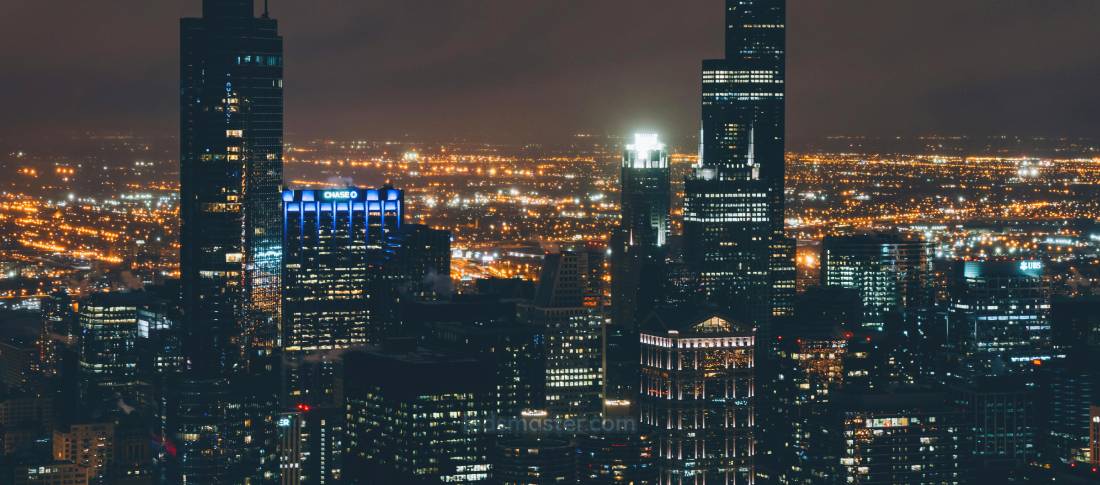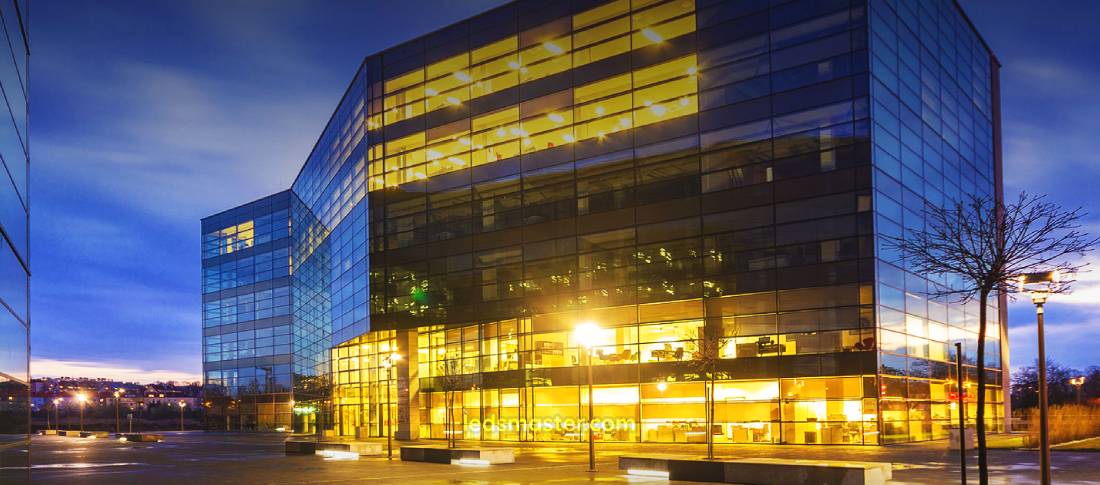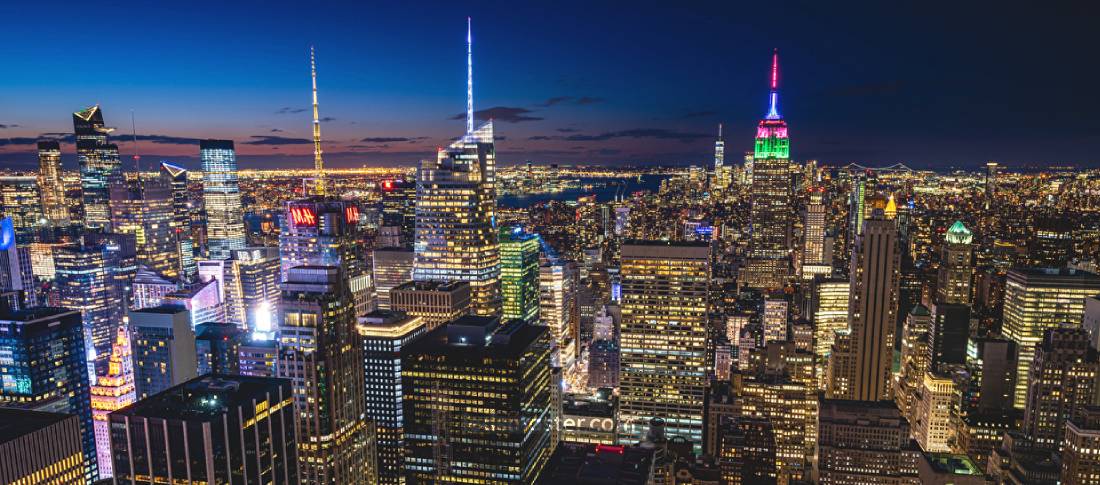Building Lighting design enhances the way we experience spaces, adding comfort, functionality, and visual appeal. Thoughtfully designed lighting balances aesthetics with purpose, improving energy efficiency and supporting well-being across various settings, from homes to workplaces.
Get your complimentary lighting design today
From homes to hospitals, well-planned lighting meets specific needs, highlights features, and supports energy efficiency. Advances in technology and sustainable practices enable designers to create adaptable, visually appealing environments that support well-being. By combining natural and artificial light, layering different types, and using smart controls, modern lighting enriches spaces and elevates the occupant experience.
Table of Contents
ToggleLighting design is typically divided into three main categories: ambient, task, and accent lighting, with each serving unique purposes that contribute to a balanced lighting scheme.
Ambient lighting, often called general lighting, provides overall illumination for a space. It establishes a base level of light that allows people to navigate comfortably and safely. Common sources include ceiling fixtures, chandeliers, and pendant lights, which aim to fill the space with even light and minimize harsh shadows.
Task lighting is used for activities requiring focused illumination, such as reading, cooking, or working. It is typically brighter and more concentrated than ambient lighting, ensuring adequate visibility for specific tasks. Examples include desk lamps, under-cabinet lighting, and pendant lights over kitchen countertops.
Accent lighting emphasizes specific objects or areas, such as artwork, architectural elements, or plants, adding visual interest and depth to a space. It draws attention to focal points and helps define the atmosphere. Common sources of accent lighting include recessed lighting, track lighting, and wall sconces.

Effective lighting design requires thoughtful planning and strategic placement of light sources to enhance the usability, mood, and visual appeal of spaces. Various strategies such as light layering, maximizing natural light, and integrating control systems are implemented to create flexible, energy-efficient lighting environments.
Layering light combines ambient, task, and accent lighting to add depth and visual interest to a room. This approach allows flexibility, enabling users to adjust the lighting to suit different times of day or activities. In a residential living room, for example, ceiling lights provide general ambient lighting, table lamps offer task lighting for reading, and recessed lights add accent lighting to highlight artwork. The interplay of these layers creates a dynamic environment where different lighting elements work together to enhance spatial characteristics and functionality.
Layering also allows for the customization of lighting levels, providing users with control over the brightness and mood of the space. This adaptability makes layered lighting effective for multipurpose rooms where the lighting needs vary, such as in living rooms that also serve as home offices.
Incorporating natural light into lighting design brings a range of benefits, from energy efficiency to enhanced occupant well-being. Large windows, skylights, and light wells can maximize the entry of daylight into a space, reducing reliance on artificial lighting during daylight hours. Natural light has been shown to improve mood, boost productivity, and support overall well-being, making it particularly valuable in workspaces, educational settings, and healthcare facilities.
To control the intensity and manage glare, designers may use blinds, shades, or strategic placement of openings, allowing for comfortable use of natural light without disrupting activities or comfort. This strategy not only reduces energy consumption but also provides a healthier and more pleasant environment for occupants.
Control systems enhance lighting flexibility and efficiency by allowing users to adjust lighting levels as needed. Dimmers, timers, occupancy sensors, and smart lighting controls enable dynamic changes in lighting, which can save energy and improve user experience. For example, occupancy sensors can turn lights on or off based on room usage, which is particularly useful in office buildings to avoid wasting energy in empty spaces. Dimming controls allow users to adjust lighting intensity based on personal preferences or ambient light conditions, promoting a comfortable visual environment.
Advanced control systems often integrate with building management systems, enabling centralized and automated management of lighting throughout a building. These systems can optimize lighting schedules, track energy usage, and adjust lighting in response to natural light, helping reduce overall energy demand and operational costs.
Modern lighting design emphasizes sustainability, with energy-efficient options such as LED (light-emitting diode) fixtures becoming standard. LEDs consume significantly less energy than traditional incandescent or fluorescent bulbs and have a longer lifespan, making them a popular choice for both residential and commercial applications. LEDs also produce minimal heat, reducing the need for cooling in certain spaces, and offer a variety of color temperatures to suit different needs.
Some designers also incorporate solar-powered lighting solutions and daylight-responsive systems, which adjust artificial lighting in response to the amount of natural light available. These innovations help to minimize environmental impact and contribute to sustainable building practices, aligning with global goals to reduce carbon footprints.
In residential buildings, lighting enhances comfort, functionality, and aesthetics. Each room has specific lighting needs based on its purpose. Living rooms benefit from layered ambient and accent lighting to create a cozy, welcoming atmosphere, while bedrooms require soft, adjustable lighting for relaxation. Kitchens and bathrooms often need brighter task lighting for activities such as cooking and grooming. Outdoor lighting improves safety, accentuates landscaping, and expands usable space.

Office lighting focuses on supporting productivity, reducing eye strain, and creating a pleasant work environment. Workstations require uniform, glare-free lighting to minimize shadows. In open-plan offices, overhead LED fixtures or suspended lights provide general lighting, while individual task lights allow employees to customize their workspaces. In retail spaces, lighting is crucial in creating a welcoming ambiance and directing customer attention to products. Bright, focused lights enhance product visibility, while accent lighting adds sophistication to displays.
Lighting design in educational spaces must create a comfortable environment for learning. Classrooms need bright, even lighting to support reading, writing, and multimedia presentations. Adjustable lighting controls can increase versatility, allowing teachers to dim lights for presentations or other activities. Natural light is highly valued in educational settings, as it positively impacts students’ alertness and mood. Libraries, laboratories, and recreational areas within schools have specific lighting requirements tailored to their functions.
Lighting impacts both patient comfort and staff efficiency in healthcare facilities. Hospital rooms need adjustable lighting that accommodates both patient comfort and medical tasks. Examination rooms and operating theaters require intense lighting for clarity and precision. Corridors and waiting areas benefit from soft, indirect lighting that fosters a calming atmosphere. Natural light can also improve patient well-being and recovery, making it an important element in healthcare lighting design.
Designing lighting schemes that suit the specific requirements of various spaces is guided by industry standards and metrics. These standards ensure that lighting levels are adequate for different environments, support user comfort, and meet energy efficiency goals.
Illuminance, the measure of light intensity over a specific area, varies by space type and is measured in lux. The table below provides recommended illuminance levels for common areas in residential and commercial buildings, allowing designers to tailor lighting to the needs and function of each area.
| Building Area | Recommended Illuminance (Lux) |
|---|---|
| Residential Living Room | 150-300 |
| Office Workspace | 300-500 |
| Classroom | 300-750 |
| Hospital Examination | 1,000-1,500 |
| Retail Display | 750-1,500 |
In a residential living room, an illuminance level between 150 and 300 lux provides a comfortable environment for relaxation and casual activities. In contrast, an office workspace generally requires higher illuminance between 300 and 500 lux to support detailed tasks and prolonged focus. Spaces where clarity and precision are critical, such as hospital examination rooms, require even higher illuminance levels, ensuring optimal visibility for medical procedures.

The Color Rendering Index (CRI) is an indicator of a light source’s ability to render colors accurately compared to natural light. CRI values range from 0 to 100, with higher values indicating more accurate color rendering. For spaces where true-to-life color representation is crucial—such as art galleries, photography studios, and retail stores—a CRI of 90 or above is often preferred to ensure colors appear vibrant and authentic.
In typical office and residential environments, a CRI of 80 or higher is usually sufficient to achieve quality lighting. Lower CRI values may result in distorted colors, which can impact aesthetics and even productivity in some cases. Designers take CRI into account when selecting lighting sources to match the color quality needs of each space.
A common challenge in lighting design is balancing aesthetics with function. Designers must consider both the visual appeal of fixtures and how the light they provide supports the building’s use. For instance, hotel lobby lighting needs to create a welcoming environment while providing adequate illumination for guests’ comfort.
The fast pace of technological change requires lighting designers to stay informed on new tools and techniques. Advances in smart lighting, LED technology, and automation are reshaping the field. Adapting to these changes presents a challenge but also brings new opportunities to enhance lighting’s effectiveness and sustainability.
Light pollution is an environmental issue that affects urban and rural areas alike. Excessive or poorly designed outdoor lighting can disrupt ecosystems, obscure the night sky, and impact human health. Designers are increasingly focusing on “dark sky” principles, using shielded fixtures and lower-intensity lights to limit light pollution while ensuring safety and visibility.
Lighting design is a complex field that combines creativity, technical knowledge, and an understanding of human needs. From residential homes to healthcare facilities, lighting shapes the functionality, atmosphere, and sustainability of buildings. Considering elements such as light layering, natural light, and technological advancements enables designers to create effective, attractive lighting solutions tailored to each building’s purpose. As technology continues to evolve, lighting design will open up new opportunities to enhance architecture and improve building environments for all.